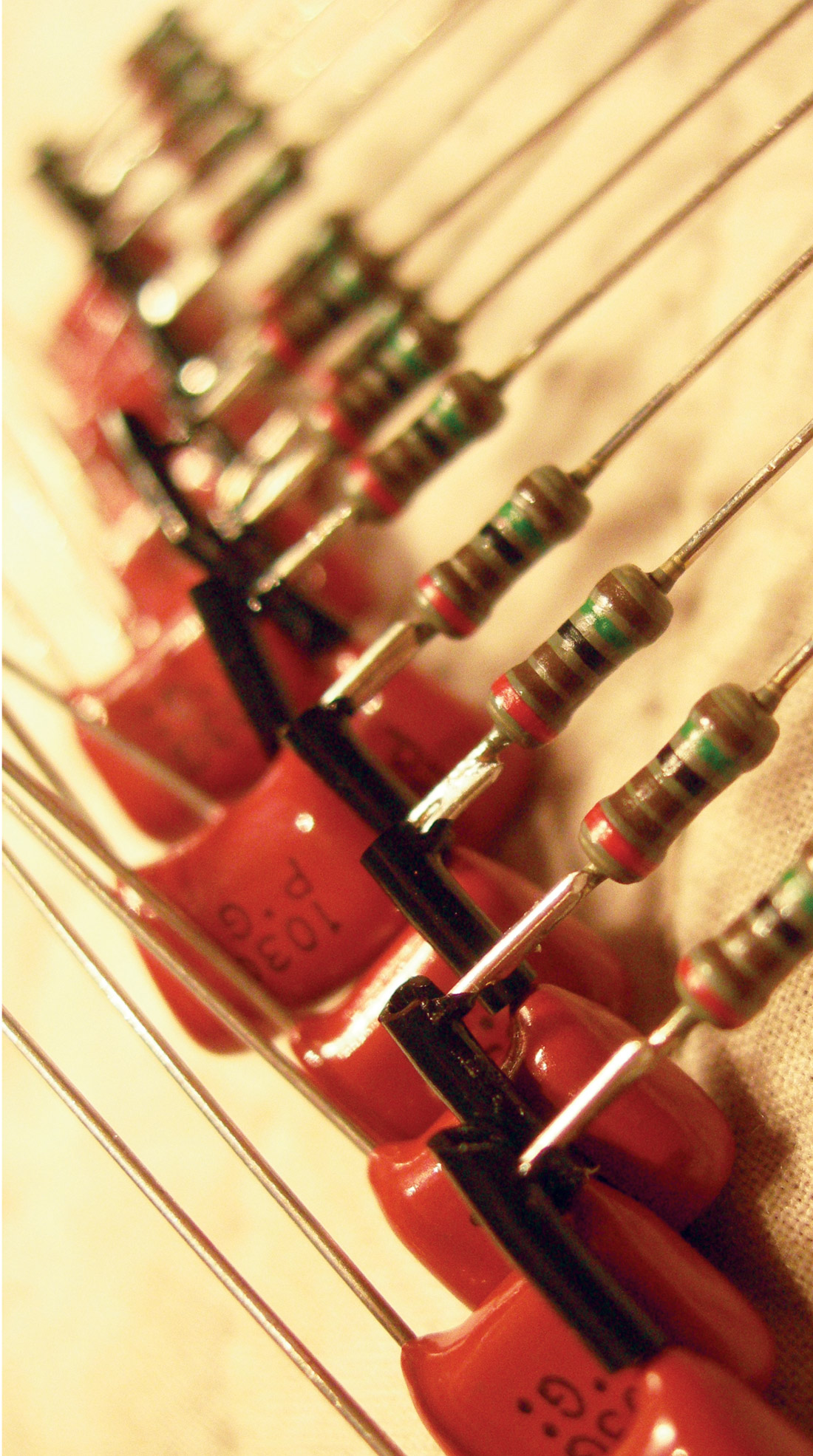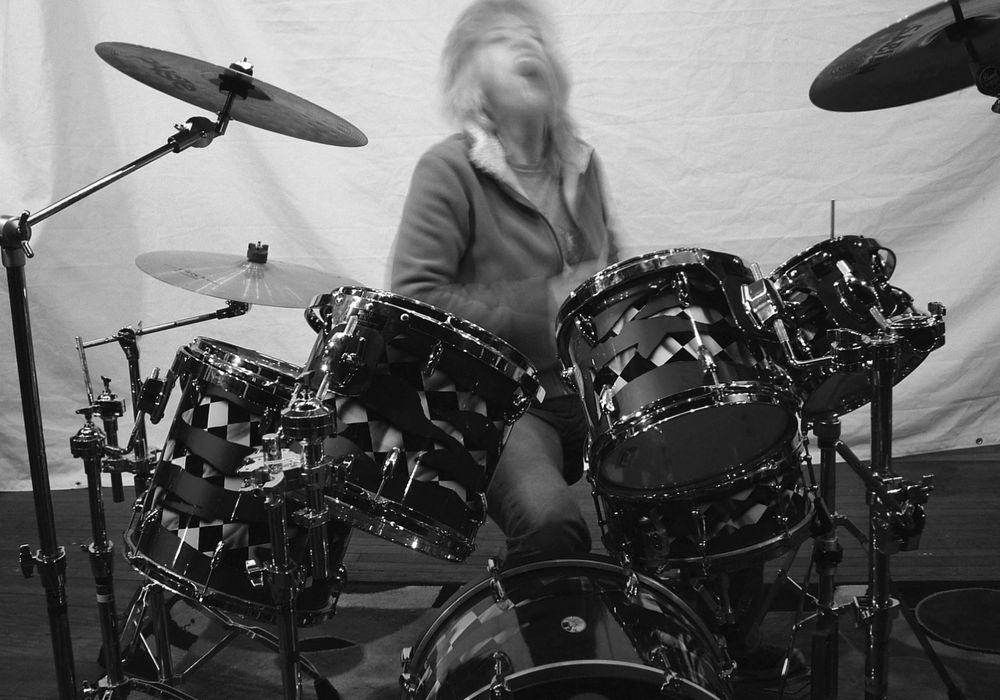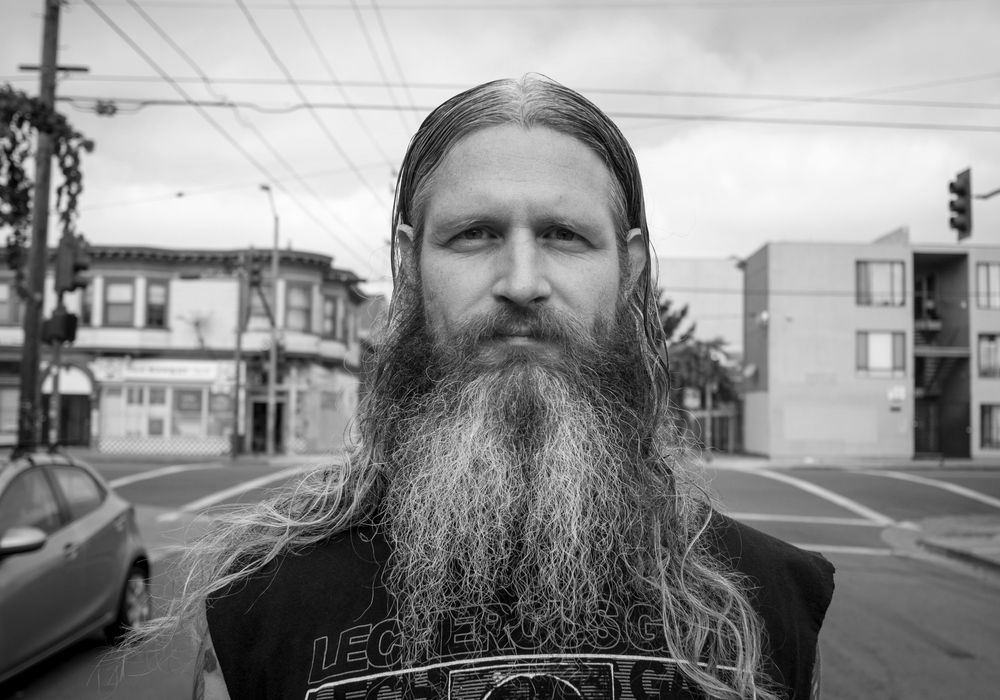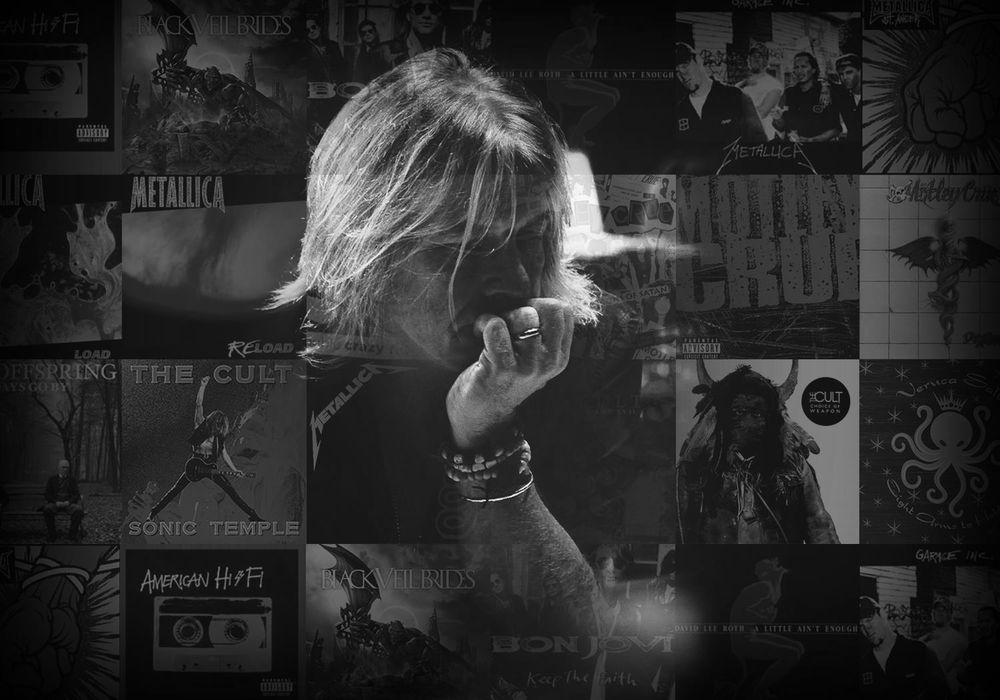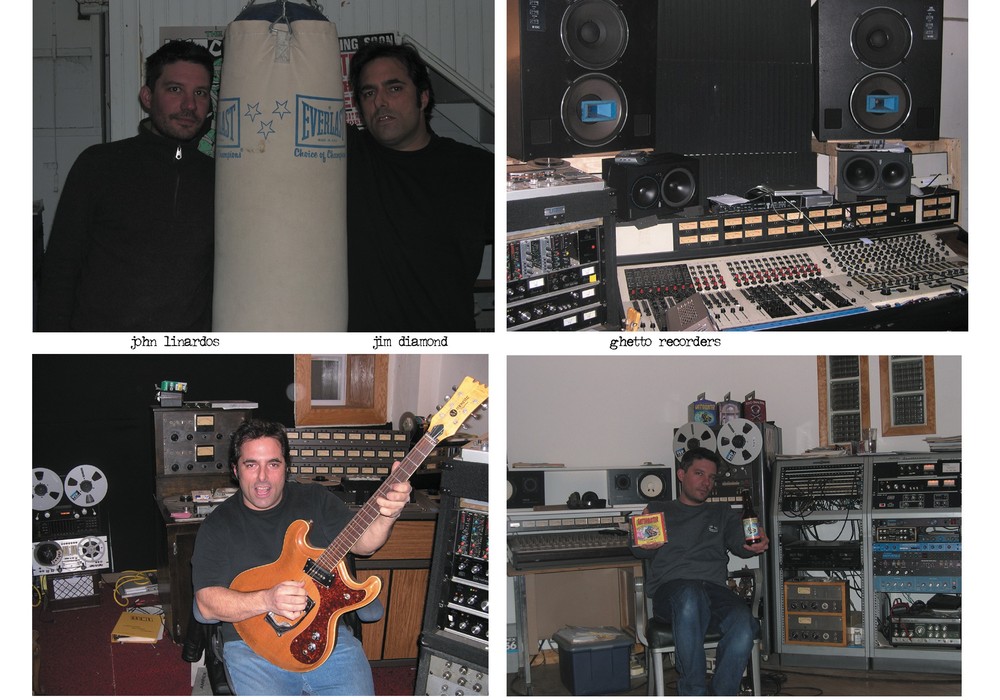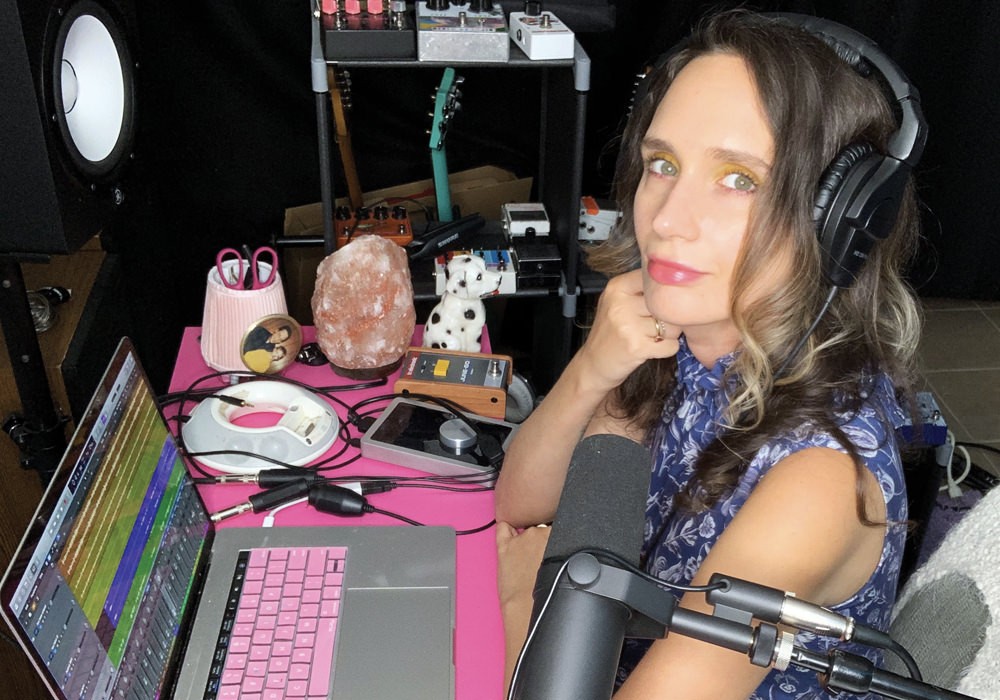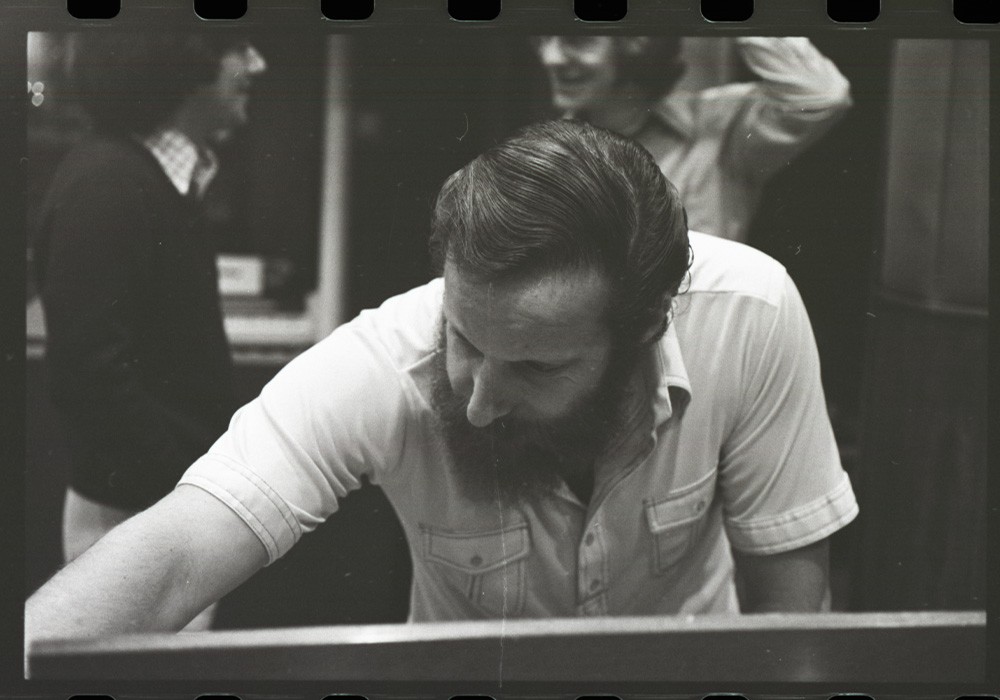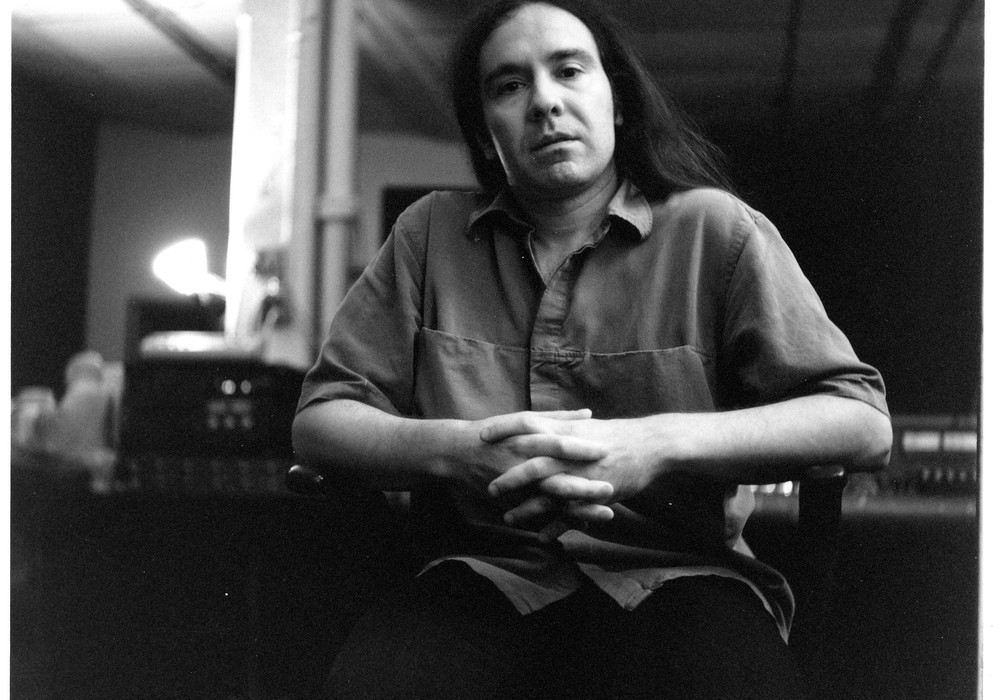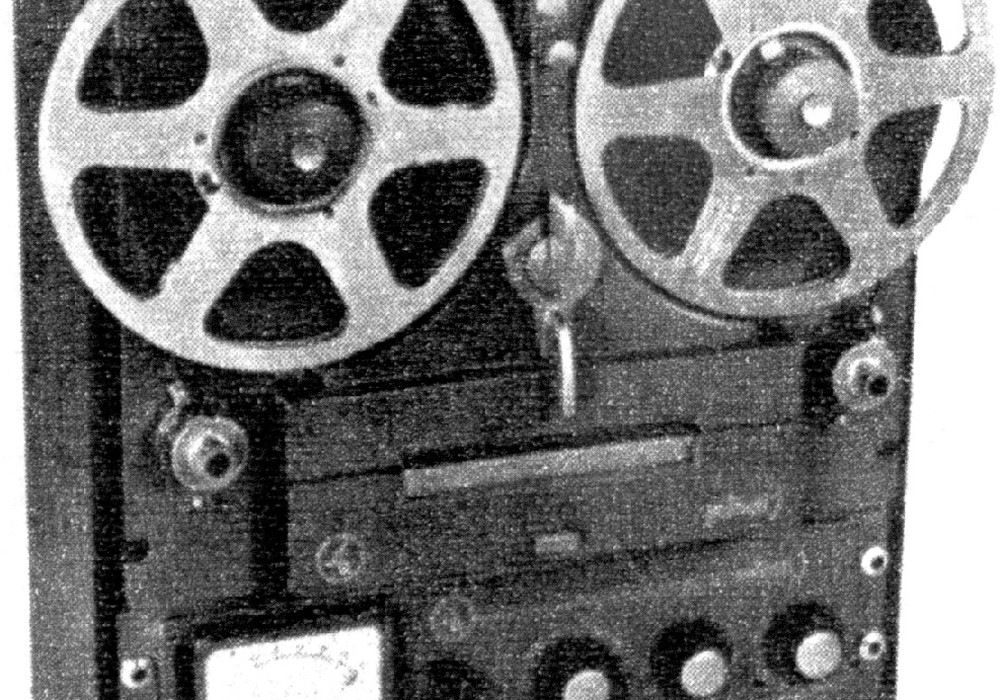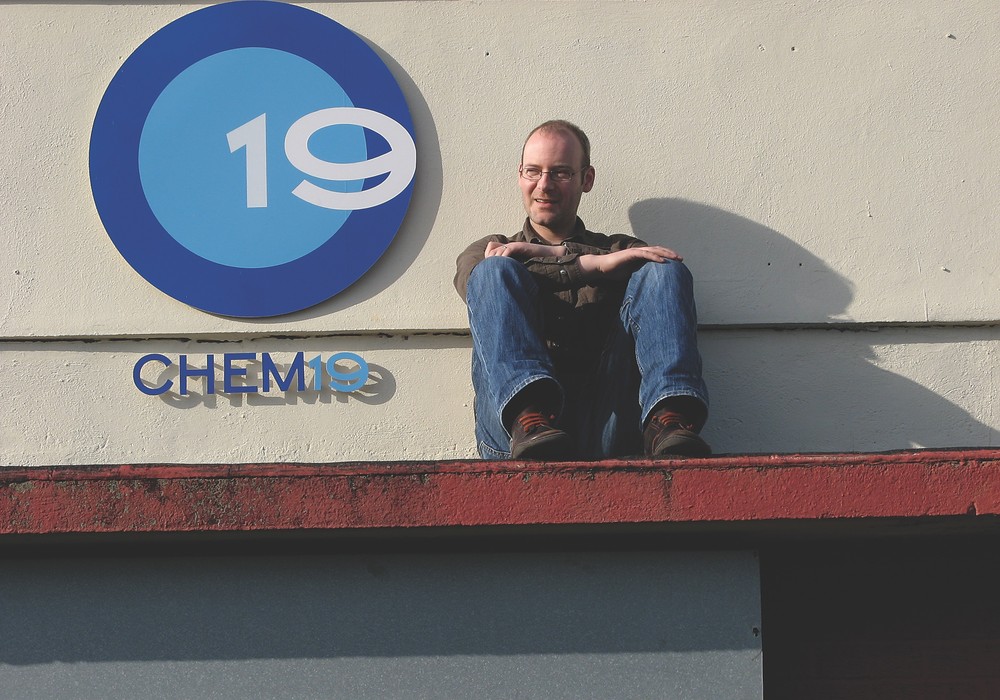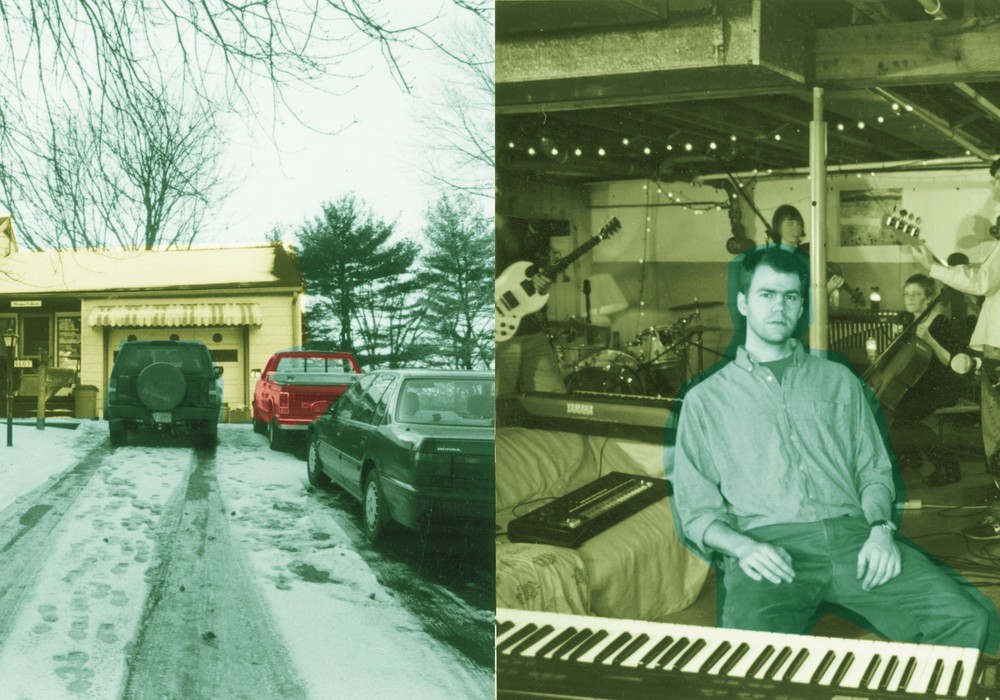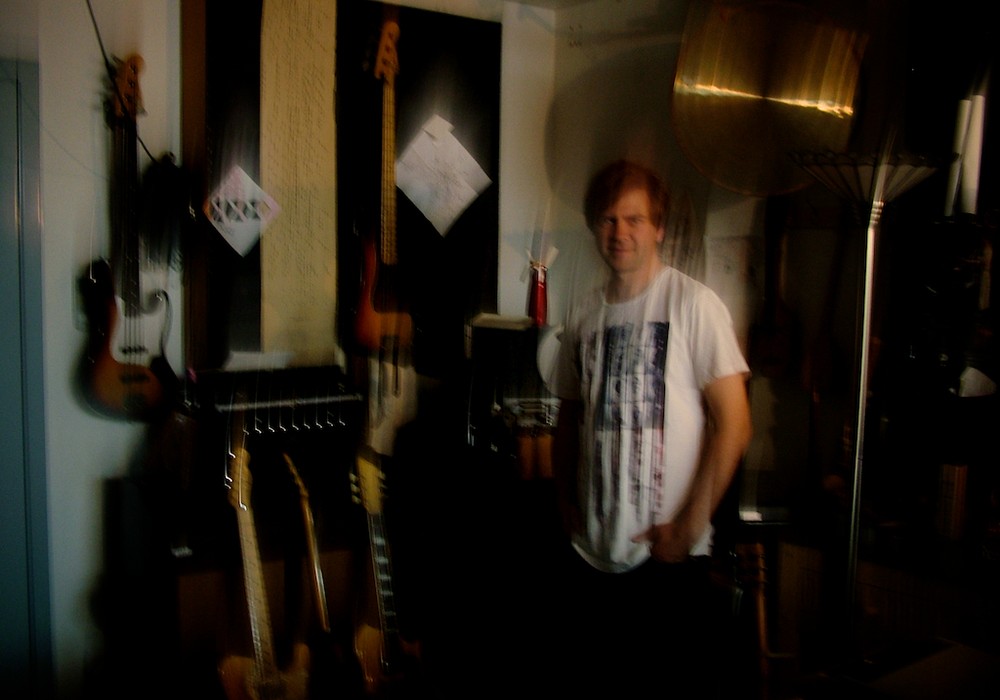You've seen the spikes and corpse paint, Satanic or ancient themes, or maybe even the blood and guts album covers. Maybe you assumed death and black metal was something not to be taken seriously, but tons of work goes into recording some of these records. This style of music is aggressive, fast and down right brutal. So, how does one approach recording a band like this?
Usually, these bands have very limited budgets and a very short amount of time in the studio because — let's face it — there is no money to be made in this genre. These people make music because they love it. Not to get paid. Sometimes these records sound just as good as major releases, for a fraction of the cost. In this article I will focus on techniques for the tracking and mixing of this very underground of genres. Here at Nightsky Studios, nearly half of the work we do is in this field. Death and black metal differ in a few aspects, and we will talk about these as we go.
Let me start by saying that if you are in a band like this, the first step is finding an engineer that truly understands the ins and outs of this style and who truly loves it. The sound of these records is very specific, and if the person you're working with has no understanding of what the style is about, odds are it will not turn out right — no matter how great the gear, engineer or studio you are working at. I have been involved in death/black metal for about 15 years. I have recorded seven of my own albums, as well as worked with tons of both black and death metal bands — either on labels or via independent releases. I do appreciate and record many other styles, but this is my specialty. We get bands from across the USA that come to us specifically for this reason. If you are an engineer at a studio, or simply a death or black metal band working out of the house, this should help you get better acquainted with the sounds and approach to tracking these records. As the person that is going to be engineering an album like this, it is imperative that you make sure the band knows the importance of good gear. If you bring in a shitty drum set, you will get a shitty sound. Make sure all the common-sense issues are discussed prior to recording: clean cymbals, new drum heads, properly tuned drums, new strings, intonation set ups on guitars, etc. If you don't have good gear, rent, borrow or steal it. Okay, maybe don't steal it.
ronDRUMS
Just as in most cases, the recording should start with focusing on the drums. This is the backbone of every death/black record, much more so than the average rock or metal recording. they must be unrelenting and in your face. Half the time, the drummers will play to a click track, though some drummers prefer the band to be playing. I always recommend using a click track if the drummer is good enough to play to one. At breakneck tempos of 230 BPM and up, I find this is the only way to truly keep the tempo from drifting. Odds are you won't be using Beat
Detective, as most of the songs will have numerous tempo changes, as well as time changes. Starting with a tempo map is a must. Build a tempo map by having the guitar player play the riffs to the click, and at the point of the change stop recording, set the new tempo and/or time change and then continue recording the next part of the song. Edit this map together, and the drummer will have a rough guitar track that he can record to, in addition to a click track. Mic'ing the drum kit presents unique challenges. Drummers of this genre often come in with very large kits: tons of cymbals, double rides, hi-hats and (usually) two kick drums. I've even seen snare drums on the floor, placed with the intent to be played with an extra kick pedal.
KICK DRUM
I like to mic the inside of each kick, up close to the beater for a sharp attack. Any kick mic will do, such as an AKG D112, Audix D6 or a Shure Beta 91. This helps out tremendously for the sound replacement or triggering after the fact. Be sure to cover the kick with a blanket, or such, on the outside to stop as much leakage into the rest of the mics as possible. This is a must if you need to rebuild some of the fast double bass parts. You didn't think all those ridiculously fast kicks were real, did you? Okay, they may be real in some cases, but in this genre a lot of what you hear is built or manipulated. If the drummer is good enough, we will want to blend some of the real kick drum sound with samples later on. If there's a lot of building of kick drums going on, you may not want to mic the kick and just trigger to tape.
TRIGGERS
I like to use the ddrum's basic Trigger or Pintech's Trigger Perfect kick triggers, if I'm going with a mount- style trigger. An Axis pedal with the EKIT trigger mounted on it is by far the best. Any drum sample brain module I have lying around with a decent sounding kick will do. Odds are I'll be replacing them later on or stacking the samples up for kick layers. The problem with triggers in general is that at these speeds, misfires often occur due to slap backs or sloppy playing, so you may have to spend some time tweaking the sampler unit to stop this from happening by setting higher thresholds and lower crosstalk.
SNARE
The snare drum can be mic'ed top and bottom. Remember to place the bottom mic as far from the rim of the kick drum as possible, in case "kick building" has to happen. Otherwise, you will have to do some serious gating on the bottom head.
TOMS
For tom drums, mic'ing them on the top with a standard Sennheiser 421 will do. I usually do 2" off the head, pointing towards the center for better attack. In death metal, often drummers play with very loose drum heads. This gives a ton of low end, as well as a very thuddy sound without an overabundance of ring. Be sure to make the heads in tune with themselves.
HATS AND CYMBALS
As usual with the high-hats, mic them straight down and point them away from the snare drum. When mic'ing the ride cymbal, I try to always make sure I get half the bell and half the cymbal. The double ride cymbal configuration is becoming more widely used...
